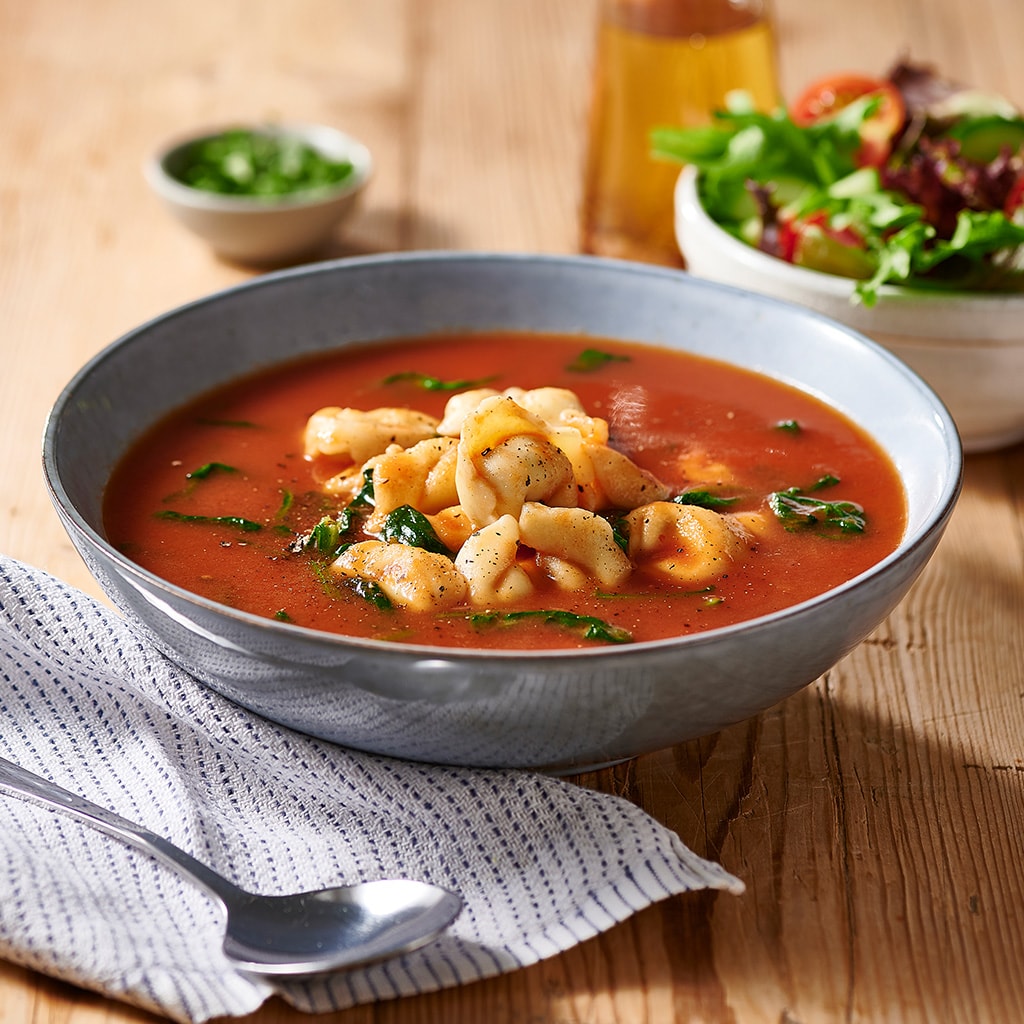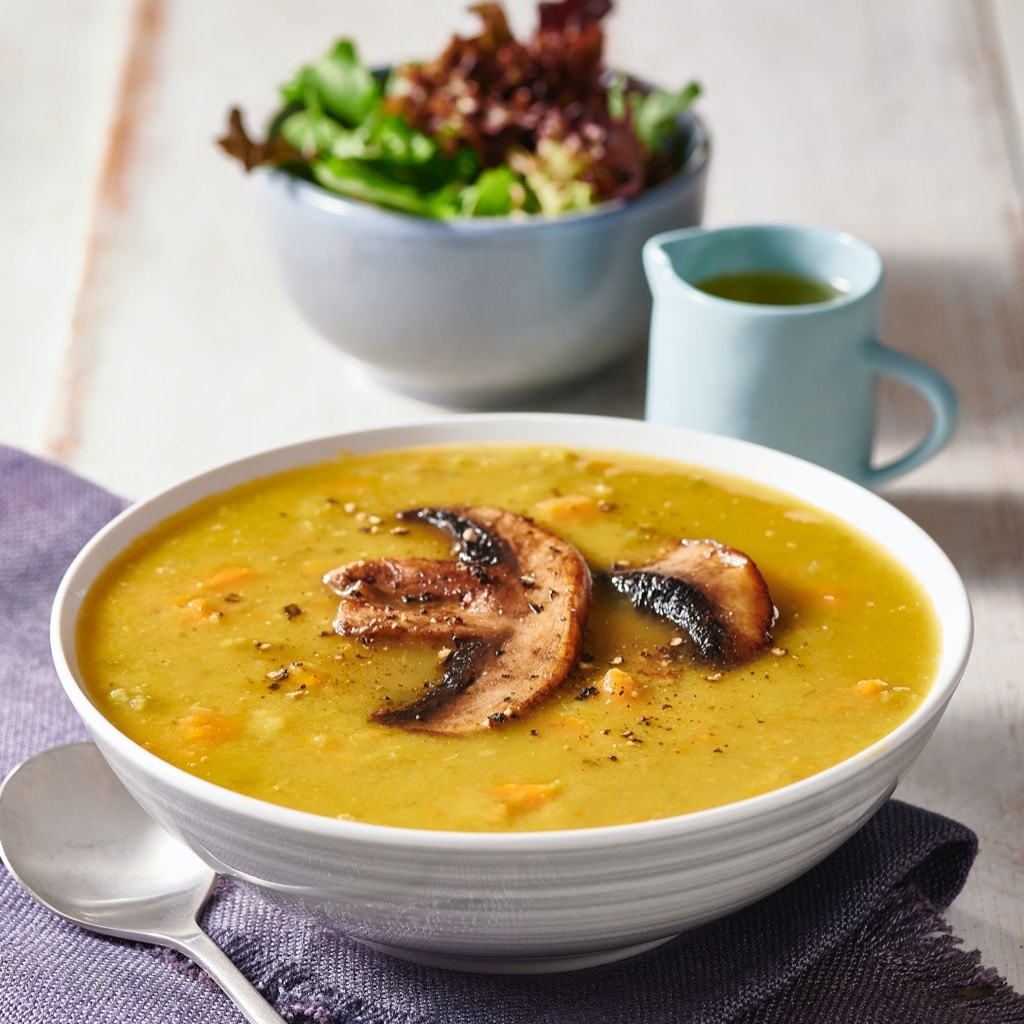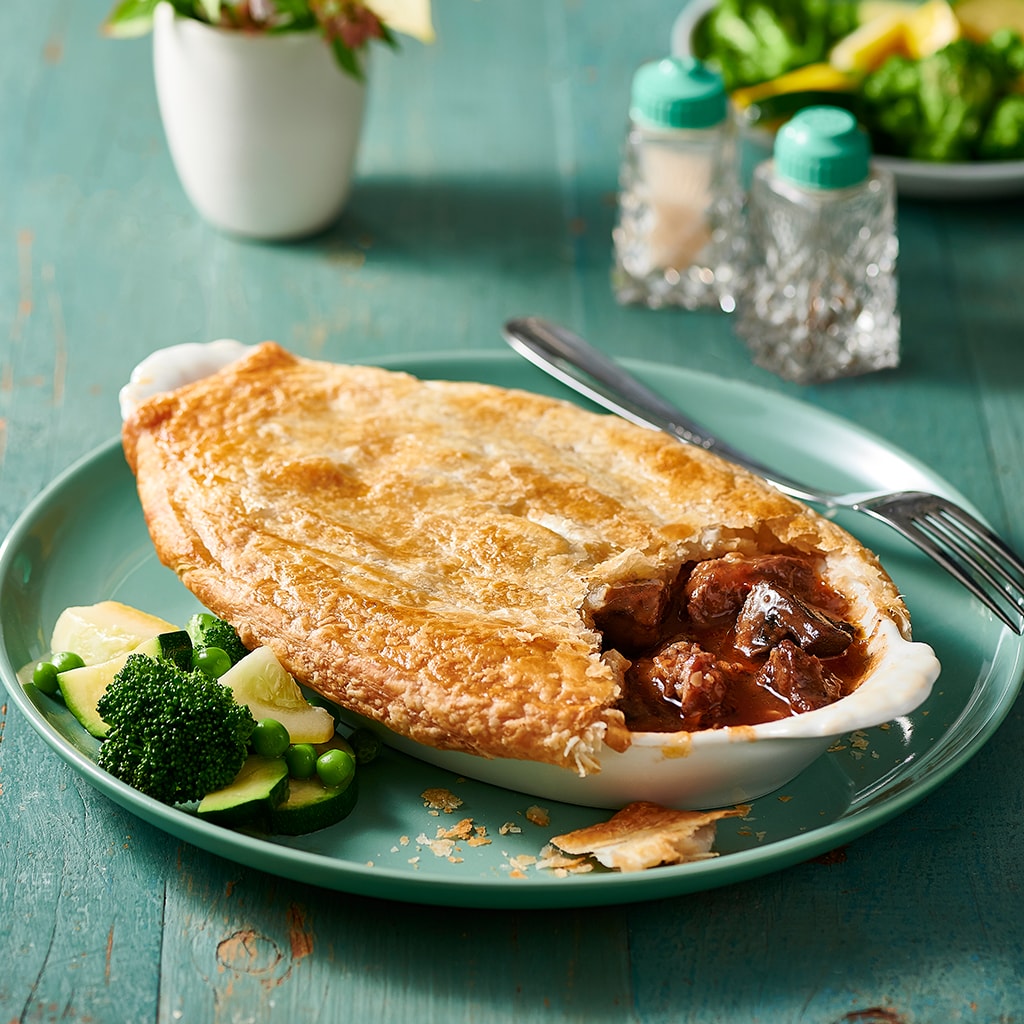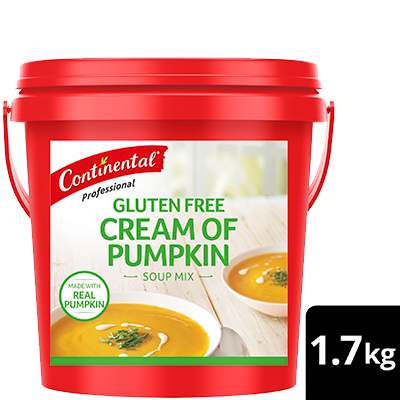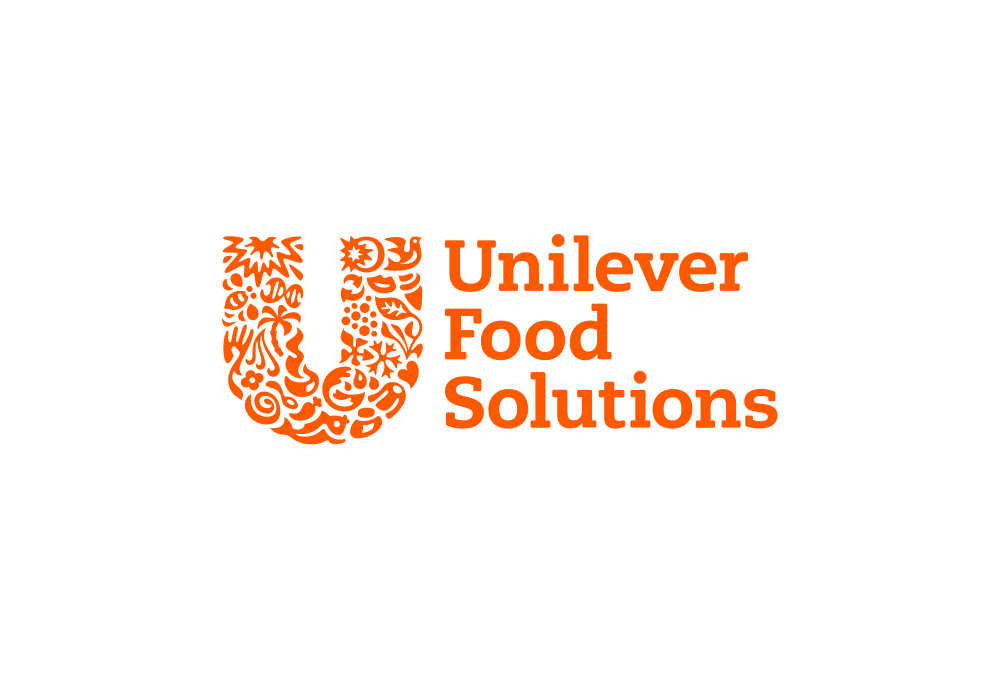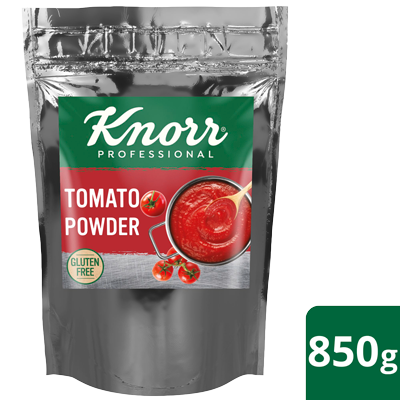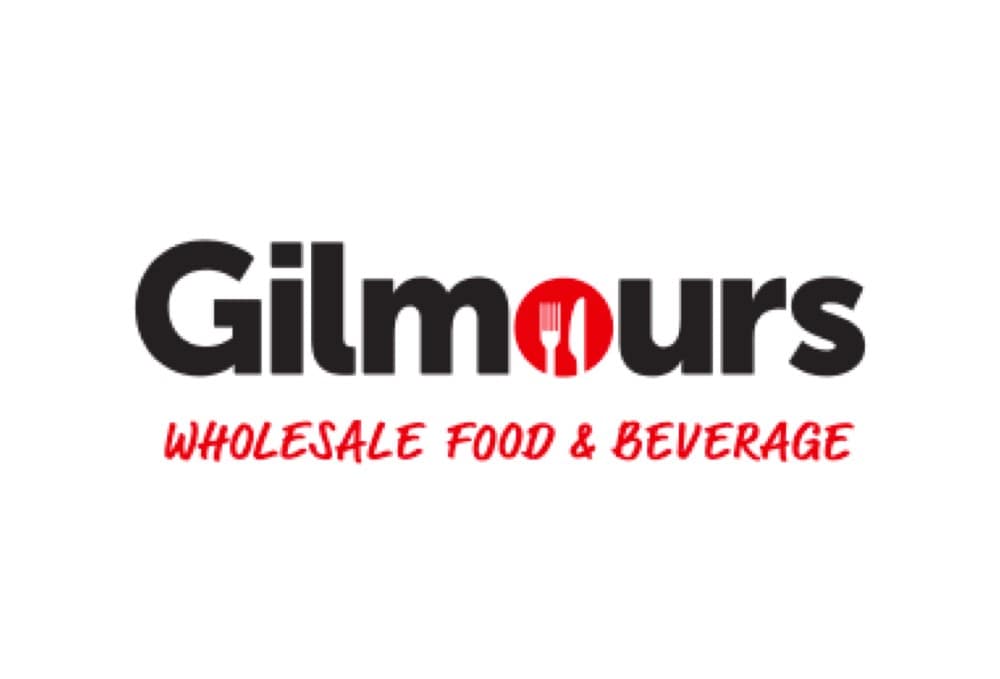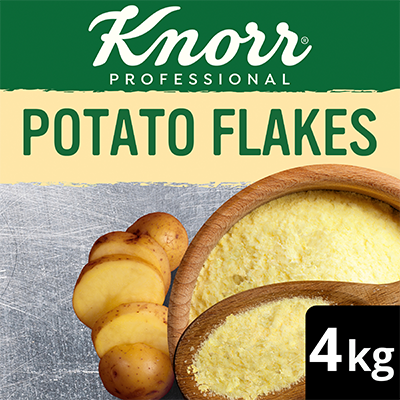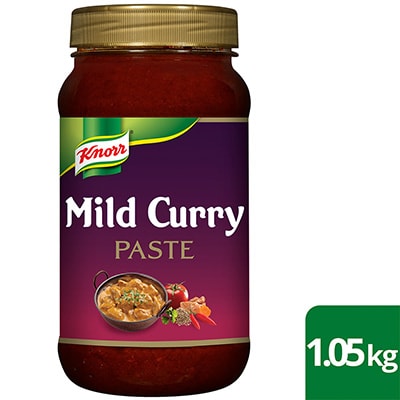Posted on Thursday, 21st April, 2022

Dr Karen Abbey PhD
Founder of Nutrition & Catering Global Hub (https://nutcat.com.au/)
Foodservice Dietitian (nacc@live.com.au)
Church Resources Foodservice Ambassador
Lecturer University of Queensland Masters Nutrition Sciences (Foodservice Program)
Unilever Food Solutions attended a Procurement Australia online seminar hosted by Dr. Karen Abbey on the topic of texture-modified food presentation. Dr Abbey focused on simple, proven ideas which had zero cost, requiring zero additional time and resulted in texture-modified meals that are visually appealing. The seminar discussed four key simple meal presentation techniques which would significantly improve the look of texture modified foods. These techniques can be applied to any of the IDDSI texture modification levels.
Texture modified meals presentation tips:
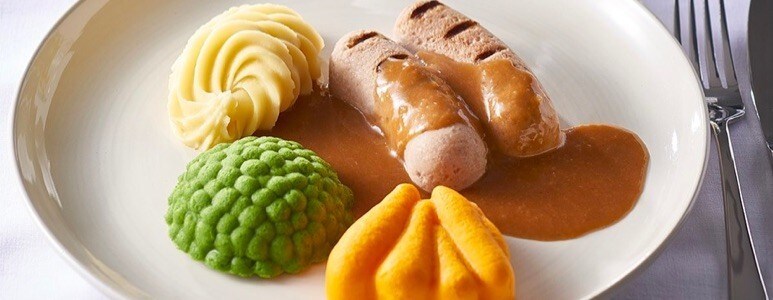
1. Contrast
Colour contrast is essential in all aspects of food presentation. It is especially important for the elderly, that the food colours are consistent with their understanding of what colour particular foods are. Carrots are orange, peas are green. Crockery can also be used to help with colour contrast; orange and green food will look great on a white or light-coloured plate and vice versa, creamy or lighter coloured food will look better on a darker coloured plate. Garnishes can also be used to create contrast – e.g., piping a dollop of cream onto a chocolate mousse, or pureed herbs next to mashed potato will significantly improve a dish presentation. When using any of the below techniques, colour will always play an important role in how attractive and appetising a meal will look to your residents.
2. Layering
Presenting texture modified food in layers can also add visual appeal and excitement to the plate. For example, a Shepherd’s Pie can be presented in layers - a thin potato layer, a meat layer, a layer of sweet potato, topped with cheese and a dusting of parsley on top. This can then be sliced and served in individual portions.
3. Adding Height
Instead of using scoops, that aren’t ideal for presenting pureed food, a standard piping bag can go a long way to give it shape and height, and create a visually appealing dish.
4. Shape
Making food recognisable is a key part of texture-modified food presentation. Using moulds to form pureed foods into shapes, means residents can easily identify what they are eating, and it helps to connect people to the dining experience and the joy of eating.
Texture and nutrition
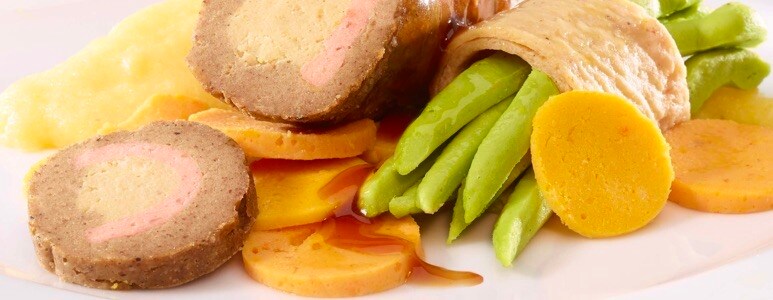
It is important to note that when food is broken down during texture-modification, it doesn’t just lose shape, texture and eye appeal, the nutritional profile also changes. For example, when a steak is pureed, the concentration of nutrients is reduced - so in order to get the benefit of 1 steak, the person would need to eat 2 steaks. However, meat becomes denser after being pureed and feels ‘heavier’ so the person eating feels fuller sooner - but actually, they haven’t consumed the same amount of nutrients as they would have if they’d eaten a non-modified steak. As a result, residents often eat less, and feel fuller but are not getting enough nutritional value from the meal. It is recommended that Chefs work with dietitians and nutritionists to make sure meals are fortified with additional nutrients. Read more about food fortification here.
Training
Ensuring all kitchen staff are trained in texture-modified food presentation will help keep meals consistent and familiar for those residents on a texture-modified diet. Using photographic records, or even brief videos of how to prepare a texture modified meal will help all staff, including casuals, maintain consistency of look and appeal.
The Future
Technology has now been developed which enables Chefs to 3D print food in realistic shapes and colours to make texture food modification even more appealing. Check out the Foodini printer: watch the video here.

Disclaimer: The content of this article is created for inspiration purposes only. It is not intended as clinical, medical or nutritional advice.
Top recipes
-
Tortellini soup -
Sweet Potato Lentil Soup -
Split Pea Soup with Mushrooms -
Roasted Pumpkin and Cumin Soup -
Beef bourguignon pie -
Salmon Cake and Slaw Sandwich -
Corned Beef Hash Sandwich -
Potato & Cauliflower Pizza, Asparagus, Bocconcini & Bacon -
Curried Vegetable Pie -
Slow Cooked Lamb Shoulder with Korma Sauce -
Banana Eggnog Cream Pie -
Chocolate Eclairs -
Citrus Fresh Pannacotta
Related Products
Log in or Create an account to access:
- Get access to this content
- Discover the latest culinary trends
- Explore and save your favourite recipes
- Watch free video training courses for chefs

